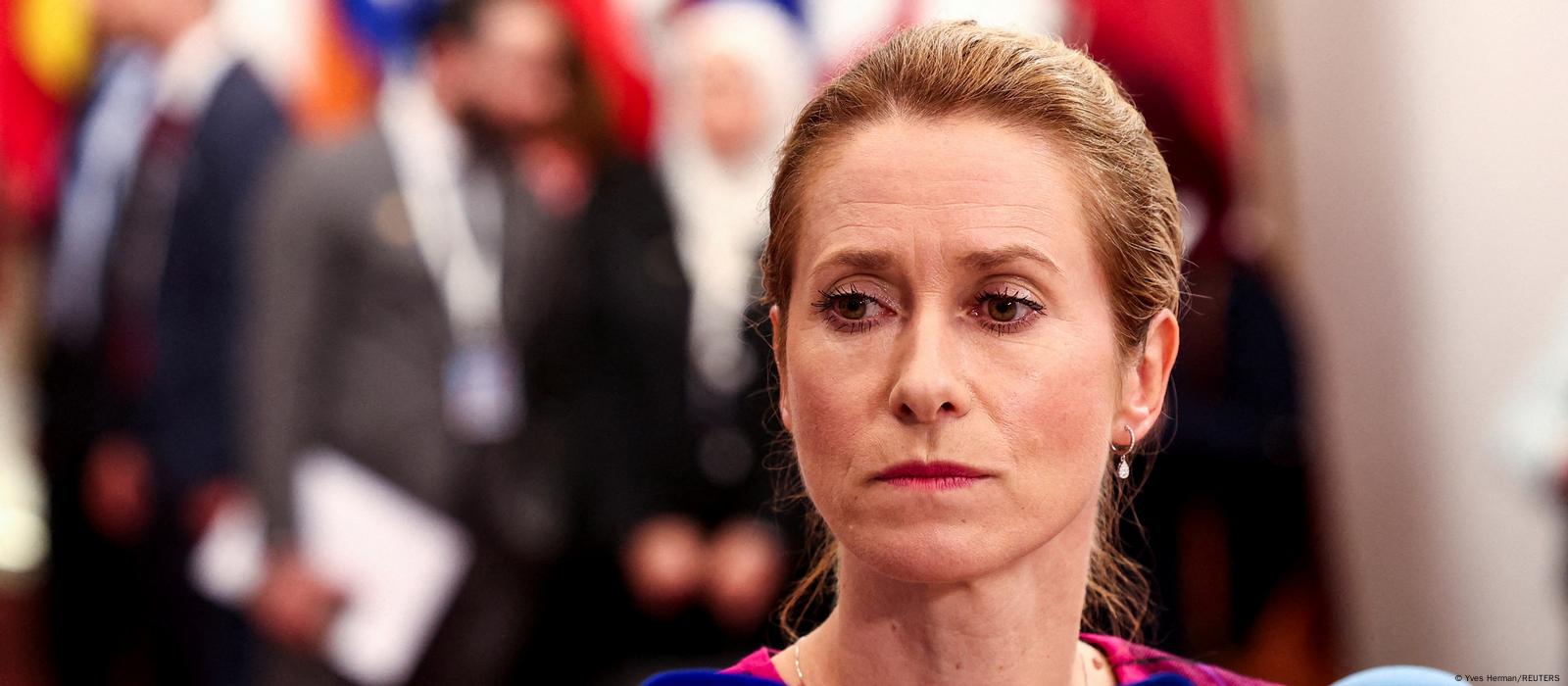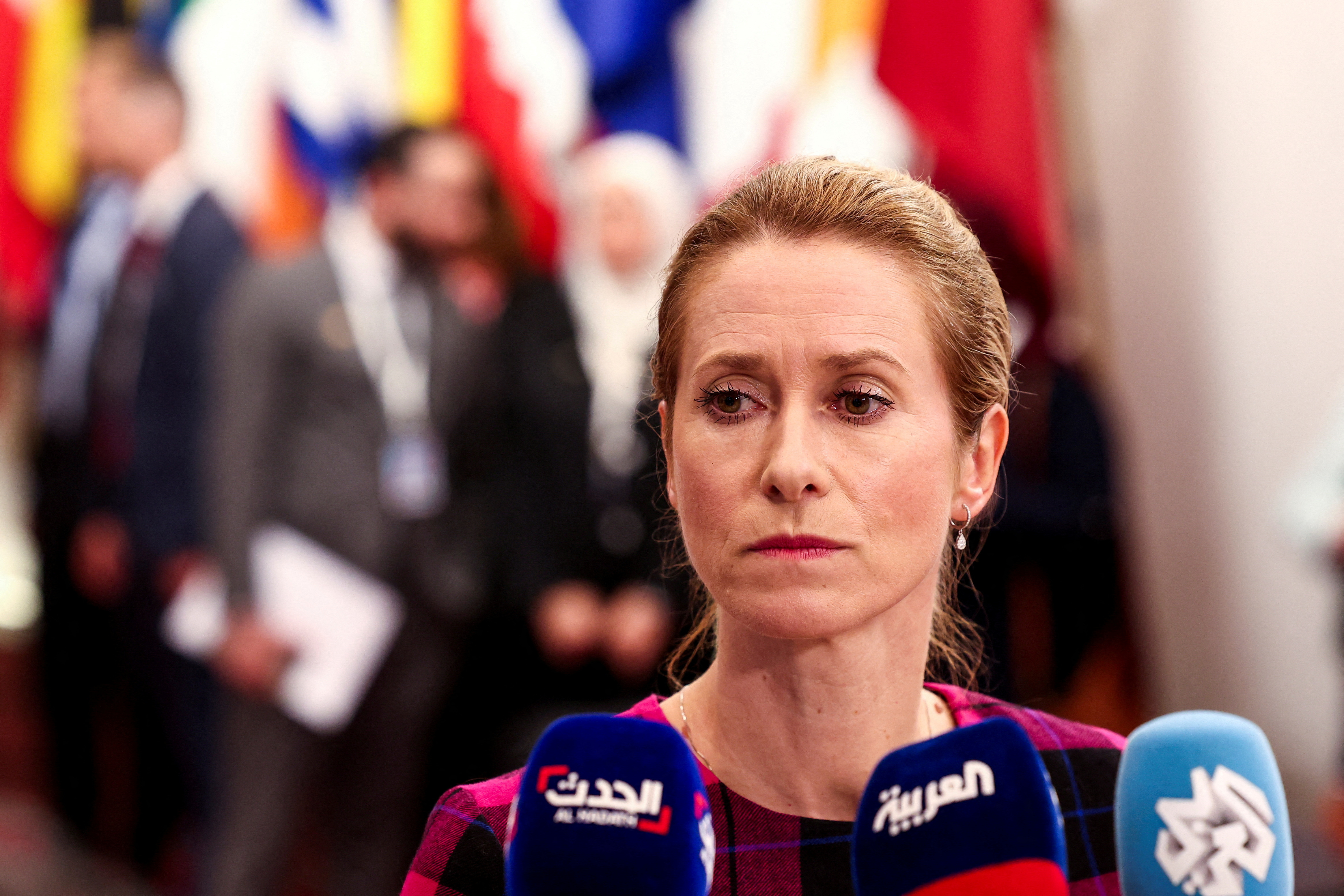EU Intensifies Sanctions on Russian Energy Sector with New Measures

The European Union has formally approved a new package of sanctions against Russia, marking what EU foreign policy chief Kaja Kallas described as one of the "strongest sanctions packages against Russia to date." The measures target Russia's energy sector, banking capabilities, and access to technology for weapons production. This latest round aims to further cripple Russia's ability to finance its military operations in Ukraine.
Lowered Oil Price Cap Aims to Squeeze Russian Revenues

A key component of the new sanctions is a further reduction of the oil price cap on Russian crude, now set at just under $48 per barrel. This is a decrease from the previous $60 per barrel limit. The goal is to significantly reduce Russia's energy revenues, a critical source of funding for its ongoing war. Reports suggest the cap may be systematically reviewed with an initial target of $45-$50. The previous $60 cap proved largely ineffective as Russian crude was frequently sold below that price point.
Ban on Nord Stream Pipeline Transactions

The sanctions package includes a ban on all future transactions related to the Nord Stream gas pipelines, which connect Russia and Germany. While the pipelines are currently non-operational due to a 2022 sabotage incident, the ban is designed to prevent any future revenue generation or potential reactivation of the pipelines.
Expanded Sanctions on Russia's "Shadow Fleet"

The EU has significantly expanded its blacklist of ships associated with Russia's "shadow fleet," adding over 100 vessels. This brings the total number of sanctioned vessels to over 400. This "shadow fleet" comprises aging tankers, often operating without clear flags or Western insurance, used by Russia to circumvent existing oil price caps and export restrictions. These vessels are now barred from European ports, locks, and ship-to-ship transfers within European waters, further tightening the noose on Russia's ability to move its oil.
Targeting Rosneft's Indian Refinery

In a move that extends the reach of the sanctions beyond Europe, the EU is directly targeting a Russian energy asset in India. The Rosneft-owned oil refinery, Nayara Energy Ltd (where Rosneft holds a 49.13% stake), is now subject to restrictions. This aims to curb Russia's energy partnerships outside of its traditional European markets. Nayara is prohibited from exporting petroleum products like petrol and diesel to European nations.
Banking Sector Restrictions Tightened

The new sanctions package also includes additional limitations on Russia's banking sector. These measures aim to restrict Moscow's ability to raise capital and conduct international transactions. Notably, two Chinese banks have been included in these sanctions for allegedly facilitating sanctions evasion.
Export Controls Expanded to Limit Russian Weapons Production

The EU has broadened its list of restricted exports used in warfare. The measures target goods like electronics and components to make it harder for Russia to acquire the technology needed for weapons production, including drones. This is aimed at further limiting Russia's ability to sustain its military efforts.
Key Events Leading to the Latest Sanctions

Russia's full-scale invasion of Ukraine on February 24, 2022, triggered a series of successive rounds of EU sanctions. On December 5, 2022, G7 nations established a $60 per barrel price limit on Russian oil sales to third countries, allowing Western insurance and shipping services only for transactions at or below this price. The previous round of EU sanctions on May 20, 2025, targeted nearly 200 vessels in Russia's shadow fleet. The latest and most comprehensive package of EU sanctions was approved on July 18, 2025.
Stakeholders and Their Positions

The primary actor imposing the sanctions is the European Union, with the European Commission proposing these measures to pressure Russia to end its war in Ukraine by targeting its financial lifeline. Russia, the target of the sanctions, claims to have "acquired certain immunity from sanctions" and will analyze the new package to minimize negative consequences. Ukraine's President Volodymyr Zelenskyy welcomed the new measures as "timely and necessary" amid intensified Russian attacks. Ukraine has urged its allies to synchronize sanctions and plans to introduce its own additional measures.
G7 countries are key partners in the broader effort to impose a price cap on Russian oil and maximize pressure. Efforts to align the new, lower cap with the G7 have been hindered by rising global oil prices and lack of support from the Trump administration. India, a major purchaser of Russian crude oil, saw its Ministry of External Affairs protest the sanctions on Rosneft's Indian refinery, stating that India "does not subscribe to any unilateral sanction measures" and emphasizes energy security for its citizens. Slovakia initially held up the latest sanctions package due to its heavy reliance on Russian gas and concerns about potential supply cuts, but eventually dropped the veto after receiving written guarantees from the European Commission to protect Slovakia's energy interests.
China, a major importer of Russian energy, had two of its banks included in the sanctions list for allegedly enabling sanctions evasion by Russia. The sanctions aim to reduce Russian oil revenues while attempting to maintain stability in global energy supply. Rising global oil prices, partly fueled by conflict in the Middle East, add complexity to the effectiveness of price caps.
Challenges and Potential Consequences of the Sanctions

The effectiveness of the previous $60 oil price cap was questioned because much of Russia's crude sold below that threshold. The new, lower cap aims to be more impactful, but its success will depend on enforcement and global market dynamics. Russia's use of a "shadow fleet" of tankers has been a major challenge to sanctions enforcement, and the expanded blacklisting of these vessels aims to counter this circumvention.
Reaching consensus on successive rounds of sanctions is becoming increasingly difficult within the EU, as measures targeting Russia can also impact the economies of member states. Slovakia's initial opposition highlights these internal challenges. The sanctioning of the Rosneft-owned Indian refinery has drawn a strong reaction from India, highlighting the complexities of applying sanctions across global supply chains and the geopolitical considerations for non-EU partners. India has reiterated its stance against unilateral sanctions.
Russia claims to have adapted to sanctions and will analyze the new package to minimize negative consequences, indicating an ongoing effort to circumvent restrictions. The sanctions are part of an ongoing economic conflict, and Russia's response and any potential counter-measures could further impact global energy markets and international relations. The ban on Nord Stream dealings brings renewed attention to the unresolved sabotage incident of 2022, which remains a "major international mystery."